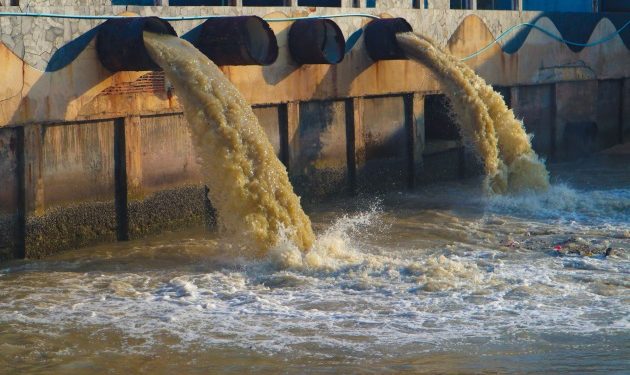Water, the elixir of life, has turned into a source of distress for numerous communities in the United States.
In this article, we will shed light on the profound consequences of drinking contaminated water, with a spotlight on states that have faced serious water crisis.
Michigan, New Jersey, California, and other regions have witnessed alarming instances of water contamination, underlining the urgent need for effective measures to protect both public health and the environment.
States With Water Contamination Issues in America
Flint, Michigan
The name “Flint” has become synonymous with one of the most infamous water contamination incidents in recent history. In 2014, the city switched its water source, resulting in lead contamination that exposed thousands of residents to serious health risks.
The consequences of drinking lead-laden water were dire, with reports of increased lead levels in children’s blood, developmental issues, and a profound loss of trust in the government’s ability to provide safe drinking water.
In response to the crisis, Flint has undertaken extensive measures, including lead pipe replacement initiatives, community health programs, and increased transparency in water quality monitoring, to rebuild both its infrastructure and public confidence in the safety of its water supply.
New Jersey
New Jersey, too, has struggled with its share of water contamination challenges. Concerns about lead in drinking water, especially in older homes with lead pipes, have been raised in various communities.
Additionally, industrial activities and improper disposal of pollutants have contributed to water quality issues in certain regions. Efforts to address these challenges include comprehensive lead remediation programs, community outreach initiatives to replace aging infrastructure, and the implementation of stricter regulations on industrial discharges.
These approaches aim to rectify past contamination issues and establish a proactive framework to safeguard water quality for the future.
Beyond Michigan and New Jersey
While Flint and certain areas of New Jersey have gained significant attention, other states have also faced their own water contamination battles.
In West Virginia, an industrial chemical spill in 2014 left thousands without access to clean water, illustrating the vulnerability of water supplies to industrial accidents. The aftermath of the spill prompted a reevaluation of safety protocols and emergency response strategies to better protect communities from similar incidents in the future.
California, having a well-developed agricultural industry, has encountered water quality issues linked to pesticide runoff and industrial discharges. The state’s continuous work to address water contamination emphasizes the careful balance needed between economic activities and taking care of the environment.
California’s commitment to sustainable agricultural practices and the development of innovative water treatment technologies reflects a broader dedication to mitigating the environmental impact of human activities on water sources.
In Ohio and Texas, concerns persist regarding water pollution from industrial sources, prompting communities to advocate for stronger regulations and enhanced monitoring. These communities are forming partnerships with environmental organizations and governmental bodies to implement comprehensive pollution prevention measures and ensure the enforcement of stringent water quality standards in order to avoid health issues such as
The collaborative approach aims to create a resilient framework that protects water resources for current and future generations.
The Camp Lejeune Water Contamination Lawsuit
In addition to localized crises, the issue of contaminated water extends to military installations. Camp Lejeune, a U.S. Marine Corps base in North Carolina, faced a water contamination scandal spanning several decades.
From the 1950s to the 1980s, residents and military personnel were exposed to toxic chemicals, including volatile organic compounds and carcinogens, in their drinking water.
The Camp Lejeune water contamination lawsuit, a landmark case, brought attention to the long-term health consequences for those exposed. Many have suffered from various health issues, including cancers and birth defects.
This case clearly shows the far-reaching impact of water contamination, even in environments that are typically presumed to uphold the highest standards of safety.
The Way Forward
Addressing the consequences of contaminated water demands a comprehensive strategy tailored to the specific challenges faced by each state. Aging infrastructure, industrial discharges, and inadequate regulatory frameworks are common threads, but solutions must be tailored to the unique circumstances of each community.
Investing in infrastructure upgrades is a critical step, as seen in ongoing efforts in Flint. Simultaneously, regulatory bodies must strengthen oversight, enforce stringent water quality standards, and hold polluters accountable.
Community engagement and education play vital roles in helping residents safeguard their water sources and hold authorities accountable.
Conclusion
The consequences of drinking contaminated water are deeply felt in states like Michigan and New Jersey, where communities have endured the consequences of water crises.
These incidents serve as clear reminders of the urgent need for comprehensive, proactive measures to protect water quality and ensure the well-being of all residents.
As the nation struggles with water contamination challenges, a collective commitment to infrastructure improvements, regulatory reforms, and community empowerment is essential to prevent history from repeating itself in the form of avoidable water crises.


 Home
Home










